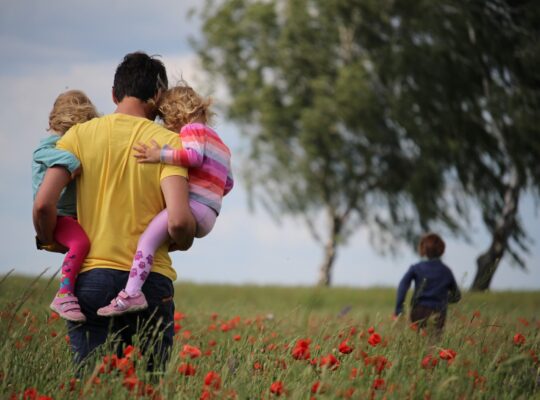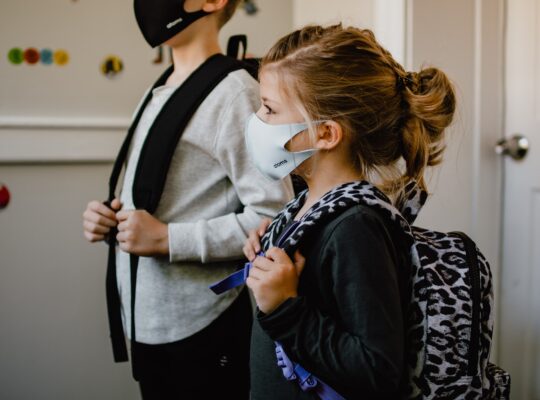Anxiety tends to lead us down a rabbit hole of worry. We worry about an infinite number of horrific outcomes (most of which will not come to pass!) This is called catastrophizing, when we over-emphasize the worst case scenario and believe that there is a good possibility that it is going to happen. For little Emily, it was “What if I have an asthma attack on the soccer field again and can’t breathe and die?!?” You or your child may be experiencing something similar with COVID-19 and the terrifying prospects that it can present for you and your loved ones. Unfortunately, we do not usually rid ourselves of fear by TRYING to rid ourselves of fear. In other words, attempts to avoid the unpleasant sensations accompanying anxiety do not usually lend to reducing anxiety. I know—it sucks!! Trust me, if there were another, easier way, I would be shouting it from the rooftops. But, like the song “We’re going on a bear hunt” (yes, this is what I relate to because I have a 3 year old and this is my current world), we can’t go over it, we can’t go under it, we’ve got to go through it.
One of my favorite quotes is from Elisabeth Elliot, a hero of mine, who said, “Sometimes… fear does not subside and… one must choose to do it afraid.” One thing I’ve learned time and time again is that whenever I try to make my anxiety go away, it tends to get worse. I must accept that I’m feeling anxious, and instead work to live my life while allowing myself to feel my fears. Like an annoying houseguest, we must invite fear into our lives as we do our other emotions. We’ll talk about how to do this in more detail to come… but for now, consider a Chinese finger trap—remember those?!? What happened when you tried with all your might to pull your fingers out of the trap? The trap tightened its grip! Looking back, it’s so paradoxical and so telling of many aspects of our struggles with emotions—the only way to loosen its grip on you was to lean your fingers into the trap. Like the Chinese finger trap, we must get good at tolerating our discomfort in order to lessen our suffering. Willing acceptance. This is really hard, and it takes practice and intention. It doesn’t mean that there aren’t things you can do to decrease your anxiety presently, but it does mean that you need to allow that annoying houseguest to be present in your home while you attend to a range of other emotional experiences at the dinner party. This will diminish anxiety’s power over you and allow you to learn from its presence rather than demand its absence. Your fear will eventually subside—don’t forget that! Allow it to run its course in your life—like a wave, it will ebb and flow, and eventually it will crash out on the shore.
Now, does this mean we need to worry more? NO! In fact, worry is the enemy here. Worry perpetuates the cycle of anxiety and leads to misery. We all do it, but why do we? For many of us, it’s an attempt (albeit it usually an unknowing attempt) to prevent some feared outcome from occurring. But wait, is there a more effective way to prepare for a desired outcome without worrying? Absolutely! This is called planning. Set aside some time to focus on what you CAN do. Problem-solve. Ask yourself, “What’s in my control?” and do something about it! Regarding COVID-19, this looks like frequent handwashing, staying home, avoiding public places whenever possible, staying 6 feet or farther away from neighbors, etc. But you do want to avoid worrying about those things. Do what’s in your control to stay safe, and then live your life in the present in a way that you value. When you notice your mind jumping to thoughts of worry, name it “I’m having a worry thought”, and gently refocus back on the activity that you’re doing, as many times as you need.


